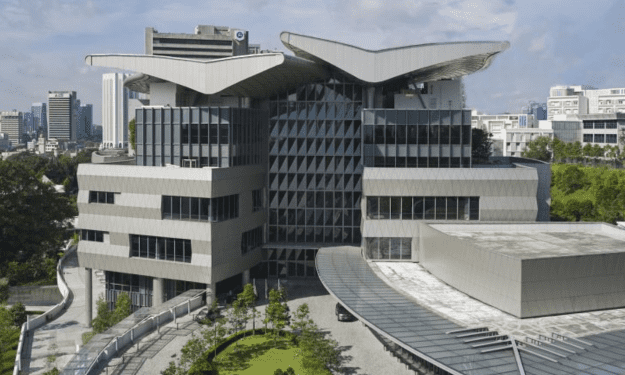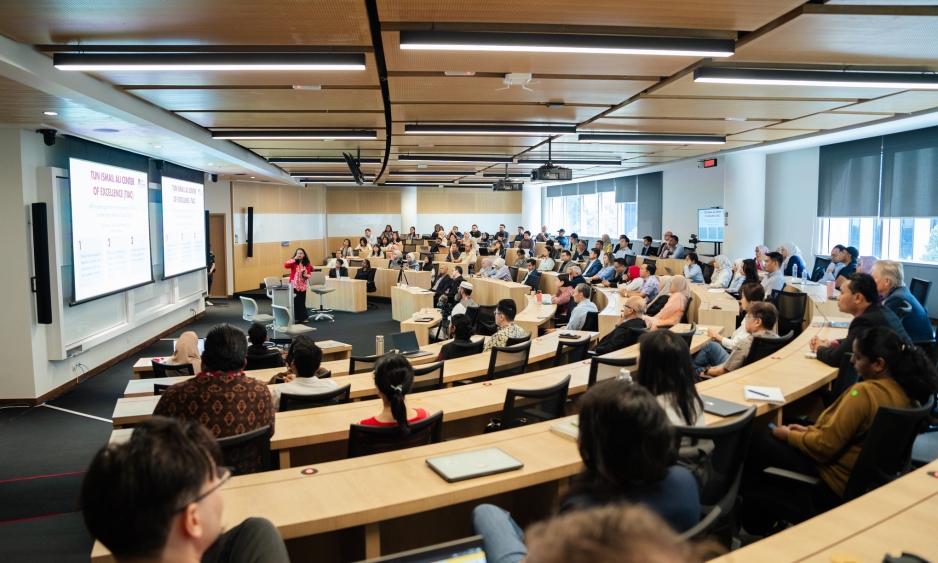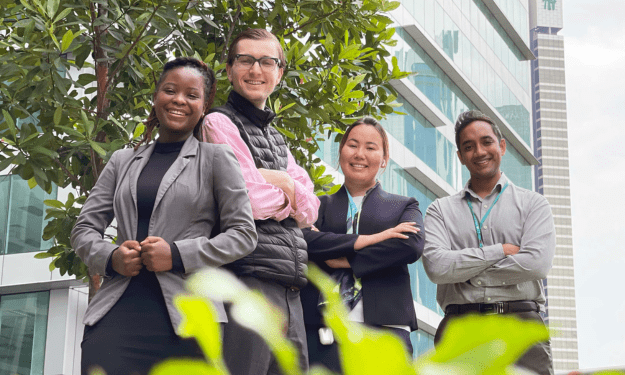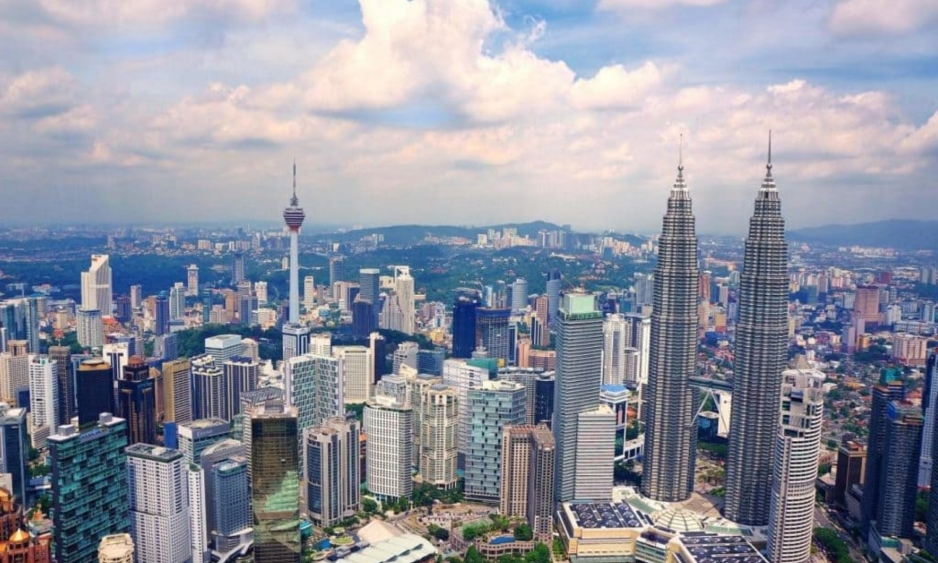- About

Established in 2015 in collaboration with MIT Sloan Management, our vision is to be a global knowledge hub, with regional insights from Asia and the emerging world.
- Faculty & Research

ASB’s research centers conduct impactful research in emerging markets, business strategies, technology, and sustainability. Together, they foster innovation in the business landscape.
- Academics

The ASB curriculum seamlessly integrates MIT Sloan’s rigor with the strategic insights of Asia. With MIT Sloan Immersion and Industry Treks, it immerses future leaders in a diverse range of industries.
- ACE

ASB has launched Agile Continuous Education (ACE), a granular set of hybrid courses that are designed to keep professionals at the forefront of their fields.
- Executive Education
- Corporate

ASB excels through dynamic collaborations, addressing business challenges with innovation, built on robust partnerships.
Which Carbon Pricing Mechanism Works For Malaysia?
Emir Izat bin Abdul Rashid
The two primary policies to reduce greenhouse gas (GHG) emissions are carbon tax and cap-and-trade. By incurring a cost to emit carbon dioxide emissions, these two policies will induce firms to emit less. As Malaysia pledges to meet emissions targets in achieving net zero, which carbon pricing policy works best at achieving sustainability goals while at the same time minimizing the cost to Malaysians? This brief aims to present the economic theory that underpins the logic of carbon pricing – how these mechanisms reduce carbon emissions in the firm’s production process and the expected outcomes for the firm’s profitability as well as social welfare. Further, by analyzing different expectations of carbon demands in Malaysia, this brief hopes to clarify the positive and negative implications of adopting one carbon pricing mechanism over the other through considering several distinct constraints that exist in Malaysia.